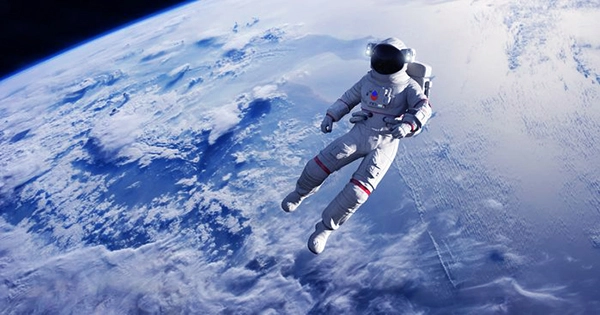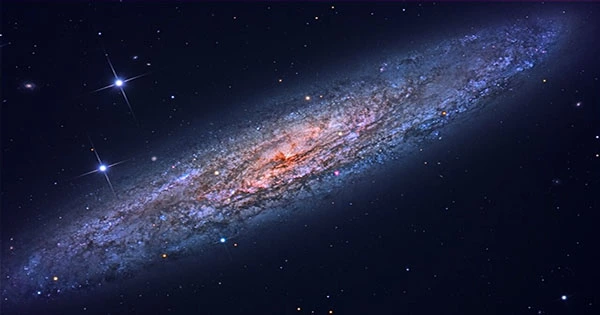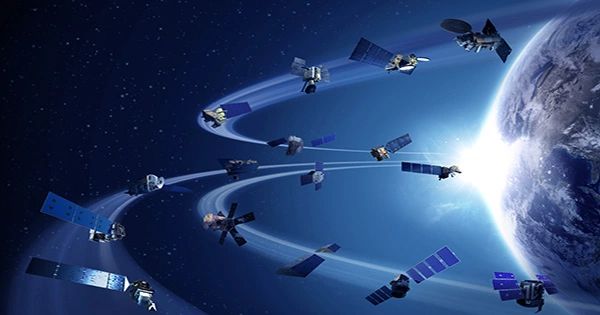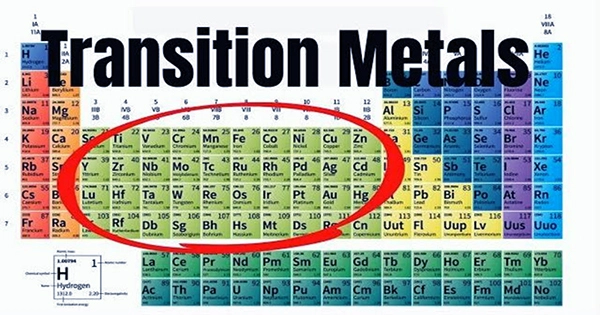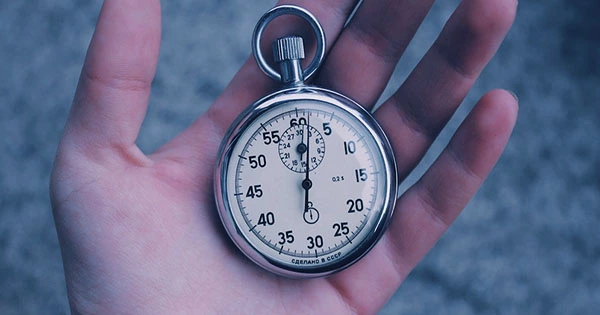Going to space is both physically and mentally demanding. The human body goes through many adjustments, and as a result, a variety of health problems might arise. Space anemia is one of them. Researchers have recently found some critical information about the illness. The major explanation was thought to be a physiological response to the astronaut’s body fluids migrating towards the head since they were no longer fighting gravity. To compensate, astronauts lose 10% of the mass in their blood vessels in the first ten days. However, new research published in Nature Medicine contends that the picture is far more complicated.
Astronauts’ bodies appear to kill more red blood cells in space than they would on Earth, a condition known as hemolysis. The researchers discovered that astronauts lost 54 percent more red blood cells than the ordinary person on Earth. The study calculated that astronauts lose 3 million red blood cells each second using the amount of carbon monoxide generated by their lungs as a proxy. Dr. Guy Trudel, a rehabilitation physician and researcher at The Ottawa Hospital and a professor at the University of Ottawa, stated in a statement that “space anemia has continuously been recorded when astronauts returned to Earth since the first space flights, but we didn’t know why.”
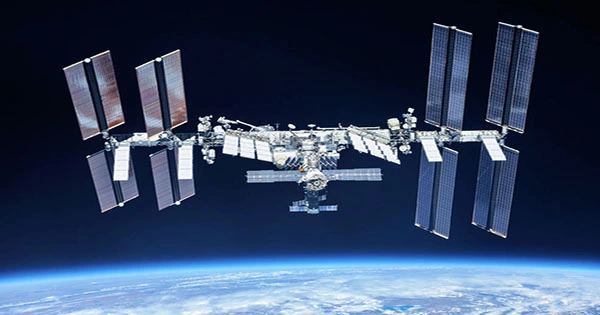
“Our research demonstrates that as soon as an astronaut enters space, more red blood cells are damaged, and this continues throughout the astronaut’s journey.” Every second, around 2 million red blood cells are destroyed and generated on Earth, which is the benchmark value. Greater production helps to offset the increased destruction rate; otherwise, the astronauts would become very anemic. This shift was maintained during the astronauts’ six months in orbit and even after, they returned to Earth.
The study looked at 14 astronauts’ profiles. When they returned to Earth, thirteen of them had their blood drawn, and five of them were critically anemic. Between three and four months, the space anemia reversed. However, the breakdown of red blood cells remained high. Astronauts were still destroying 30% more red blood cells than non-astronauts after a year. “If we can figure out exactly what’s causing this anemia, we might be able to cure or avoid it in astronauts and patients on Earth,” Dr. Trudel added.
“When your body is weightless, having fewer red blood cells in space isn’t a concern.” Anemia, which affects your energy, endurance, and strength, can jeopardize mission objectives when landing on Earth and possibly other planets or moons. Anemia’s effects are only realized once you land and have to deal with gravity once more.” Blood disorders that can be aggravated by space anemia should test in both astronauts and space tourists; more research is needed fully comprehend the illness develops.
